To think that when Dr. Randal Haworth started his practice over 30 years ago, he was one of only a handful of leading plastic surgeons who specialized in lip reshaping surgery. Now, as one of the world’s most renowned lip lift experts, he has witnessed how upper lip lifts have exploded in popularity thanks to the influence of social media on the young and old alike. However, as with any trend, unintended consequences may arise such as the “neonatal deformity,” which originates from the congenital Apostrophe Lip. I first described this latter labial morphology in a chapter I authored for “Aesthetic Surgery of the Facial Skeleton”, a textbook edited by Dr. Steven Baker in 2019.
What Is an Apostrophe Lip?
You might not recognize the name, but you’ve likely seen the effect: the pink vermilion (the visible part of the lip) is full and prominent only in the center, while the outer thirds taper off or even disappear. This narrowing gives the mouth a stylized, doll-like appearance reminiscent of Kabuki makeup, where the lips are intentionally painted small and central.
While deliberate in performance art, this effect is aesthetically unflattering when unintentional—and unfortunately, upper lip lifts performed without addressing corner anatomy often exaggerate this deformity.


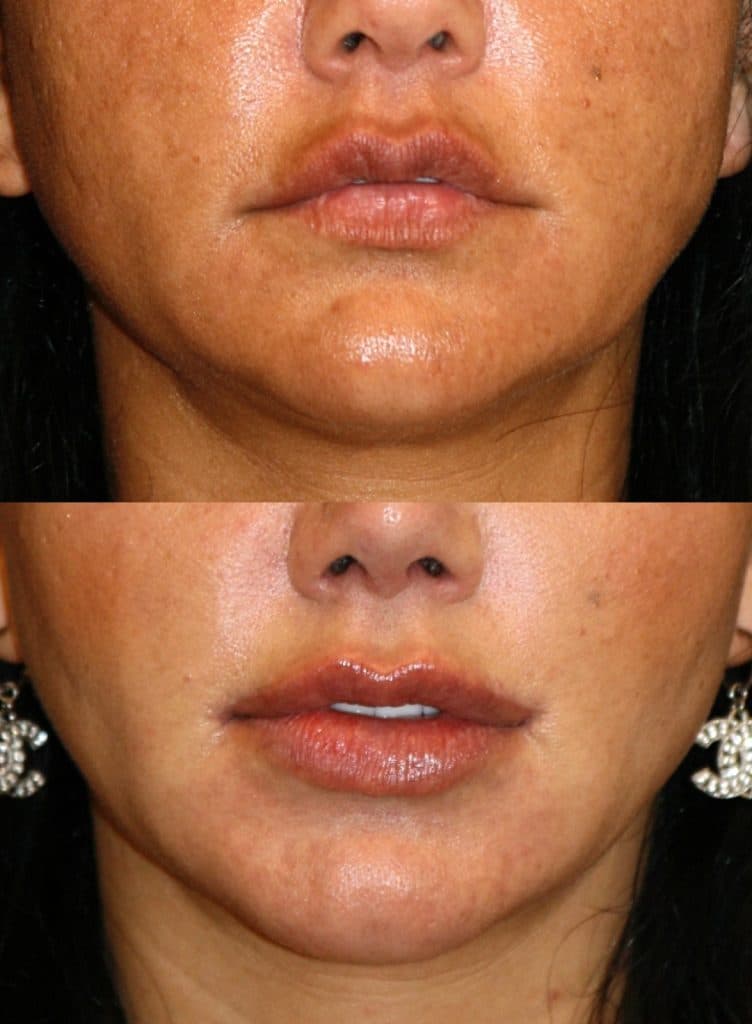
How an Upper Lip Lift Can Create A Neonatal Lip
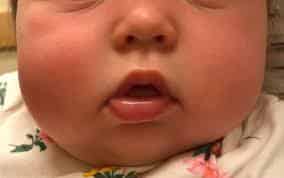
Regardless of type, if an upper lip lift is performed without taking into account the oral commissures and lateral upper vermilion, a preexisting apostrophe lip can be exacerbated. The slope from the Cupid’s bow to the oral commissure (mouth corners) becomes unnaturally steep. The outer pink vermilion rolls inward or disappears entirely, leading to a pinched, slit-like appearance akin to that of a newborn. In essence, a neonatal deformity. Patients from around the world have come to me distressed by this outcome, often feeling disfigured and despondent.
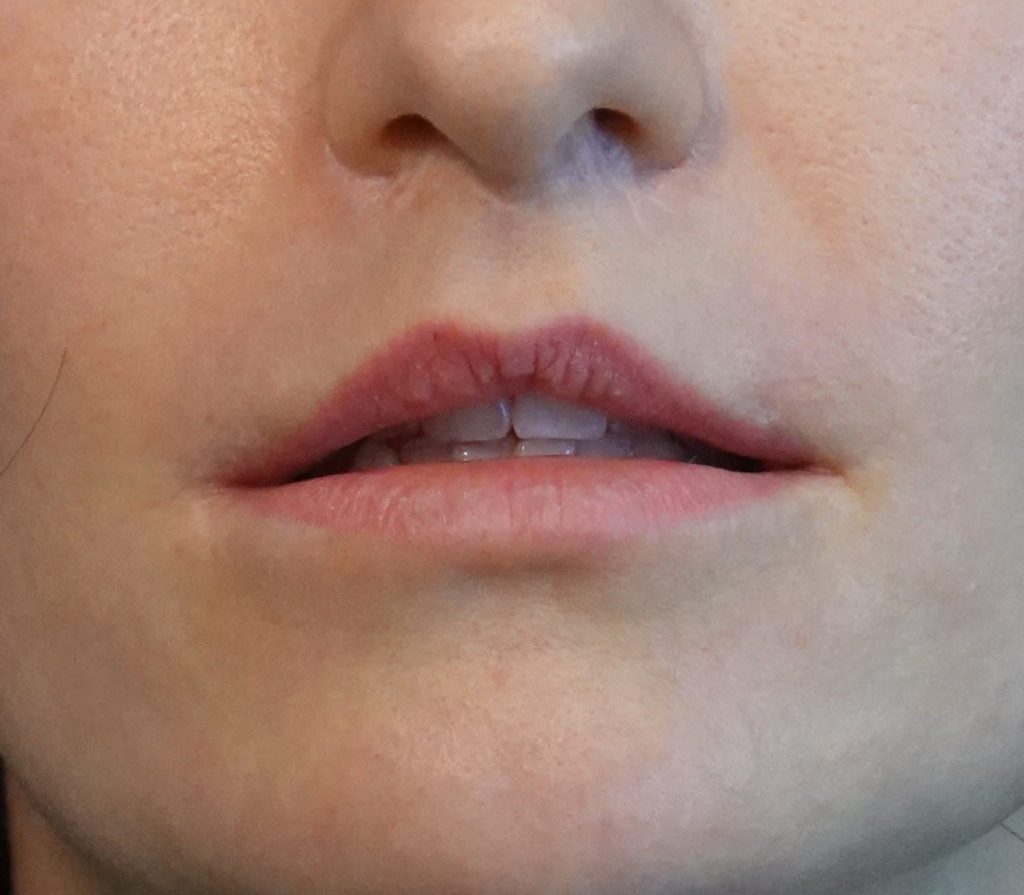
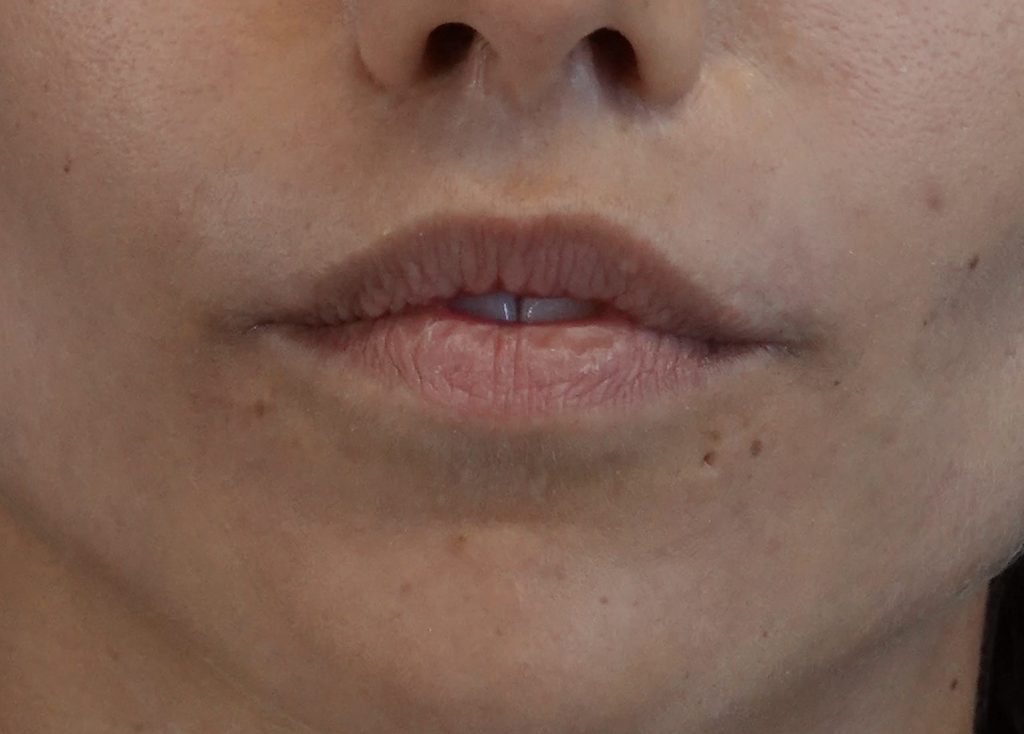
The Medialized Corner Lip Lift: A Powerful Solution
Enter the medialized corner lip lift—a precise, elegant surgical solution I’ve refined over the years to correct these issues. It not only repositions the corners of the mouth upward but also:
- Restores lost vermilion by rolling it outward, eliminating that paradoxically tightlipped “rosebud” look.
- Corrects asymmetry, which is present in the majority of mouths.
- Improves the marionette folds (those stubborn lines running from the corners of the mouth downward) that facelifts often miss.
- Softens the harsh slope from Cupid’s bow to oral commissure, restoring a balanced, natural curvature.
This is a high-precision procedure involving design and execution tolerances as fine as a quarter millimeter. But when done correctly, the results are not only restorative—they are transformative.
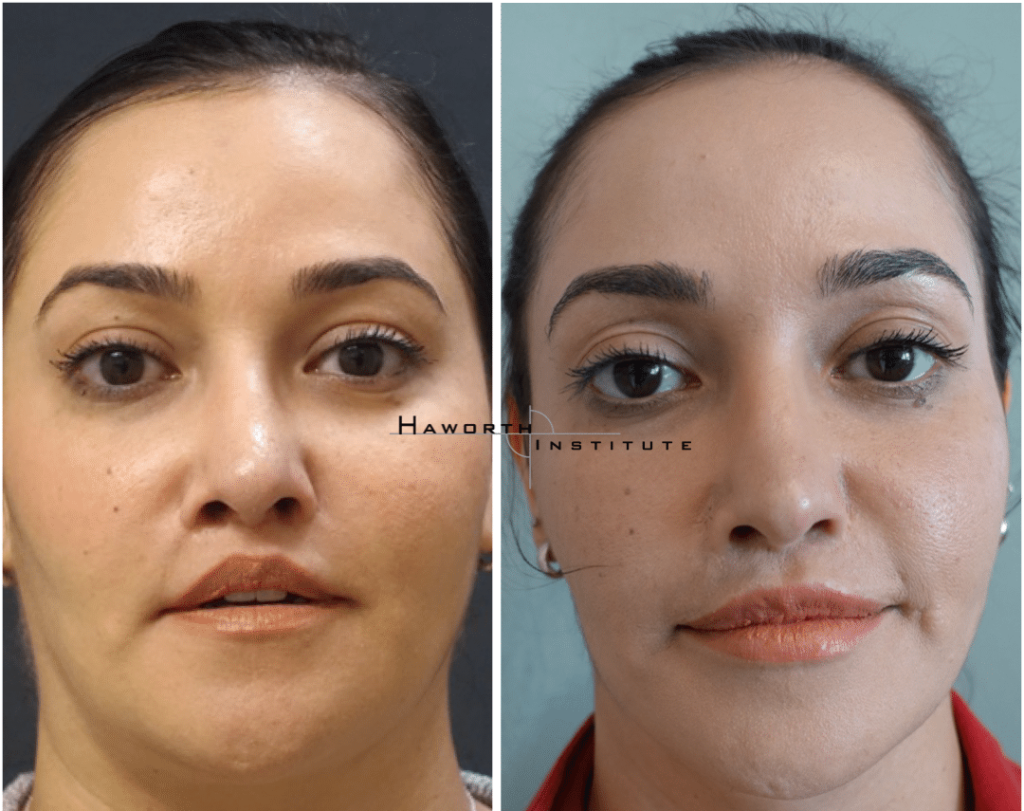
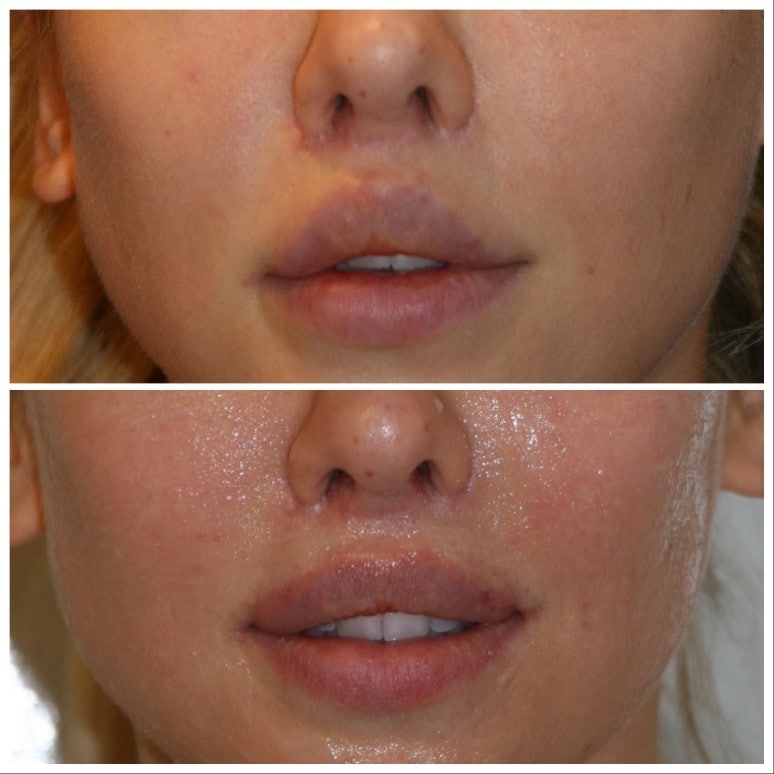
Final Thoughts
If you’ve undergone an upper lip lift and are unhappy with the corner distortion or feel like your lip looks smaller or more “pursed” than before—know that you’re not alone. These issues are more common than many realize, but they are entirely correctable.
Performed under local anesthesia, the medialized corner lip lift offers a sophisticated solution to restore harmony and confidence to your face.
Dr Randal Haworth
Beverly Hills 2025
